Buy Hundred Boys, Canoe Einō - 17th century as a reproduction on canvas, ArtFrame, poster and wallpaper, printed on demand in high quality.
About "Hundred Boys, Canoe Einō - 17th century"
About the artwork
The signatures and red intaglio stamps that appear in the left and right corners of these brilliantly painted small-format screens read "painted by Kano Nuidonosuke Einō" and "Sansei" respectively. The character "San" (mountain) of the "Sansei" seal refers to Einō's father, Sansetsu (c. 1589-1651), whom he succeeded as the third head of the Kyoto-based branch of the prominent Kano family workshop. Arguably the most important family of painters in Japanese history, the house of Kano served as official painters for the imperial and military elite for more than four centuries. Einō not only excels in family style, but is also widely known as the author of History of Painting in This Realm (Honchō gashi), the first major history of painting written in Japan. His text, based on sketches by his father,
While the happy theme "Hundred Boys" first appeared in China during the Song dynasty (960-1279), these screens are indebted to prototypes from the later Ming era (1368-1644), when the subject also appeared widely on ceramics and other decorative art objects. The detail, variety, and large number of figures executed in high-quality pigments, along with other features of the screens' construction, indicate that the family that ordered them was aristocratic. They may have belonged to a bride's wedding trousseau, perhaps to inspire the creation of a large and joyful family.
Old Master collections
Discover more Old Masters in the following collections:
 Netherlands
Netherlands Ordered in April 2019
Ordered in April 2019
 Netherlands
Netherlands Ordered in March 2018
Ordered in March 2018
 Netherlands
Netherlands Ordered in January 2025
Ordered in January 2025
 Germany
Germany Ordered in August 2022
Ordered in August 2022
 Netherlands
Netherlands Ordered in November 2020
Ordered in November 2020
 Germany
Germany Ordered in March 2021
Ordered in March 2021
 Netherlands
Netherlands Ordered in October 2020
Ordered in October 2020
 Netherlands
Netherlands Ordered in April 2020
Ordered in April 2020
 Germany
Germany Ordered in January 2022
Ordered in January 2022
 Netherlands
Netherlands Ordered in August 2018
Ordered in August 2018
 Netherlands
Netherlands Ordered in April 2021
Ordered in April 2021
 Netherlands
Netherlands Ordered in November 2023
Ordered in November 2023
About the material
ArtFrame™
Interchangeable Art Prints
- High-quality print
- Easily interchangeable
- Acoustic function
- Large sizes available
Discover the Old Masters collection
 A Amsterdam street scene - Adrianus Eversen
A Amsterdam street scene - Adrianus Eversen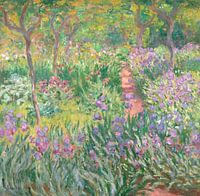 The Artist’s Garden in Giverny, Claude Monet
The Artist’s Garden in Giverny, Claude Monet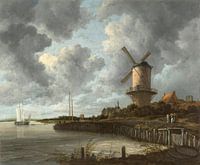 The mill at Wijk bij Duurstede, Jacob Isaacksz. van Ruisdael
The mill at Wijk bij Duurstede, Jacob Isaacksz. van Ruisdael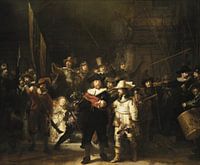 The Night Watch, Rembrandt van Rijn
The Night Watch, Rembrandt van Rijn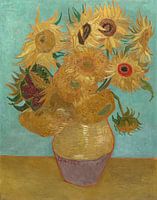 Vincent van Gogh. Sunflowers
Vincent van Gogh. Sunflowers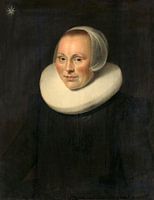 Portrait of a woman, anonymous - 1633
Portrait of a woman, anonymous - 1633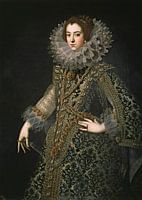 Queen Elizabeth of Bourbon
Queen Elizabeth of Bourbon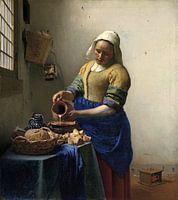 The Milkmaid - Vermeer painting
The Milkmaid - Vermeer painting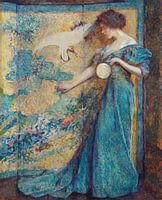 The Mirror, Robert Reid
The Mirror, Robert Reid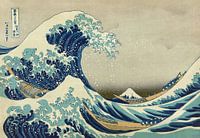 The great wave of Kanagawa, Hokusai
The great wave of Kanagawa, Hokusai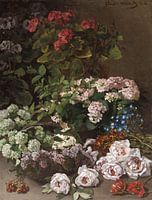 Spring Flowers, Claude Monet
Spring Flowers, Claude Monet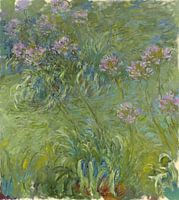 Agapanthus, Claude Monet
Agapanthus, Claude Monet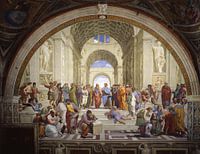 The School of Athens, Raphael
The School of Athens, Raphael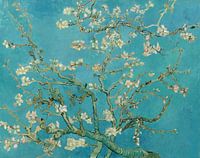 Almond blossom painting by Vincent van Gogh
Almond blossom painting by Vincent van Gogh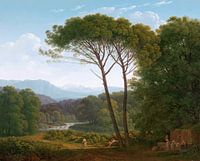 Italian landscape with pine trees, Hendrik Voogd
Italian landscape with pine trees, Hendrik Voogd Vincent van Gogh. Olive orchard
Vincent van Gogh. Olive orchard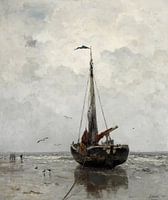 Jacob Maris - Fishing boat
Jacob Maris - Fishing boat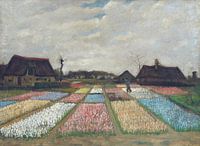 Vincent van Gogh. Flower beds in Holland
Vincent van Gogh. Flower beds in Holland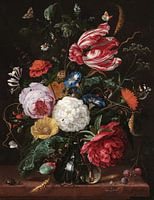 Flower arrangement, Jan Davidsz. de Heem
Flower arrangement, Jan Davidsz. de Heem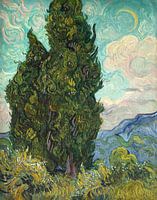 Cypresses
Cypresses
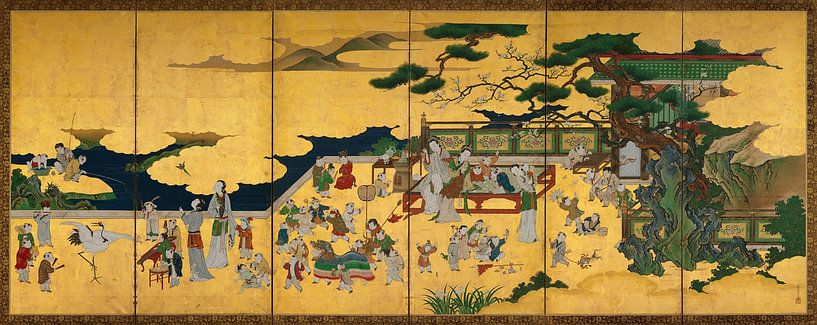
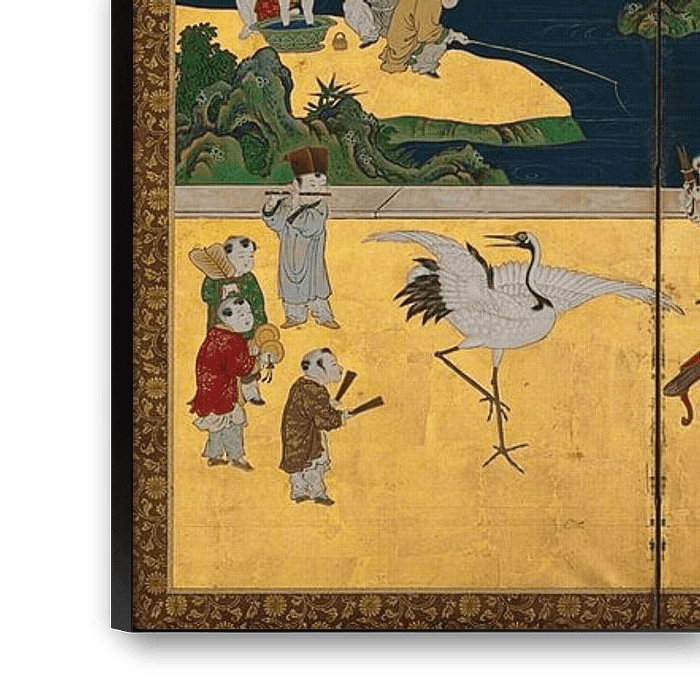

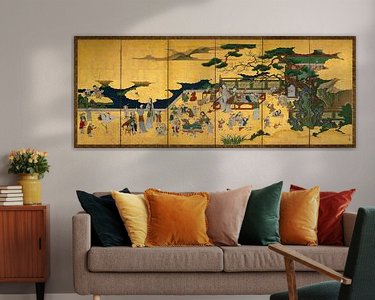


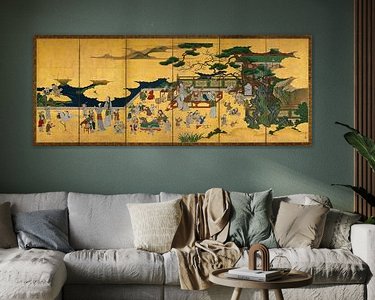

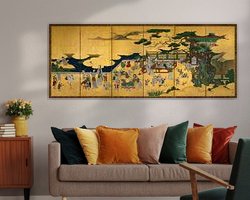

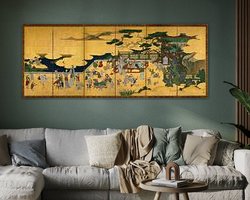

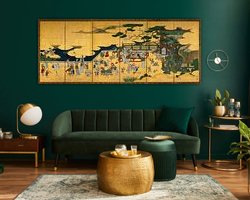
 Japan
Japan Joyful Moments
Joyful Moments Nostalgic Memories
Nostalgic Memories Old masters
Old masters Serene Peace
Serene Peace









